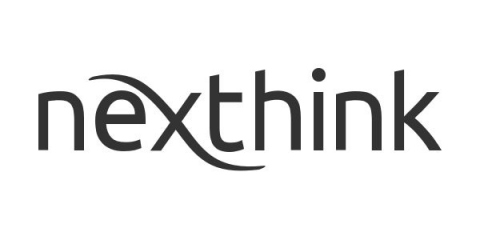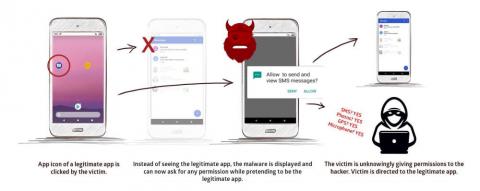Continuous Vulnerability Management Is a Must
Face it. Your IT systems may be secure today, but what about next week? Granted, as stated by the Center for Internet Security (CIS), you and your team members must operate in a constant stream of new information—software updates, patches, security advisories, threat bulletins, and more. But as you know, attackers have access to the same information and can leverage gaps between the onset of new knowledge and remediation.









